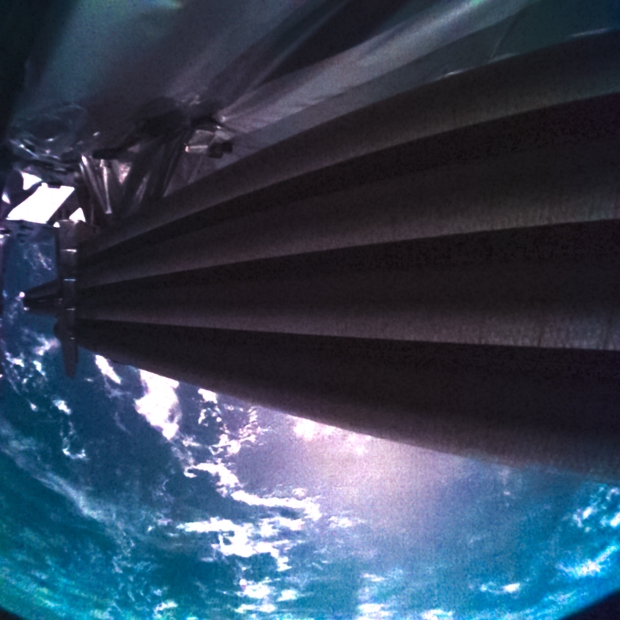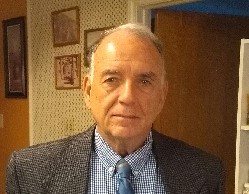RIME (Radar for Icy Moons Exploration) is the first instrument ever deployed to the outer Solar System that can make direct measurements of conditions below the surface of an object. That makes it precisely tailored for Europa as well as Ganymede and Callisto, two other Galilean moons that also seem to have an internal ocean. Consider it a radar ‘sounder’ that can penetrate up to 9 kilometers below surface ice. RIME is a major part of why JUICE is going to the moons of Jupiter. Consider it problematic as well, at least for the moment, while controllers working the JUICE mission try to solve an unexpected deployment issue. The 16-meter long antenna shows movement, but continues to have trouble in becoming released from its mounting bracket. The antenna is currently about a third of its full intended length, according to ESA, partially extended but still stowed away. Image: Shortly after launch on 14 April, ESA’s Jupiter Icy Moons Explorer, JUICE, captured this image with its JUICE...




